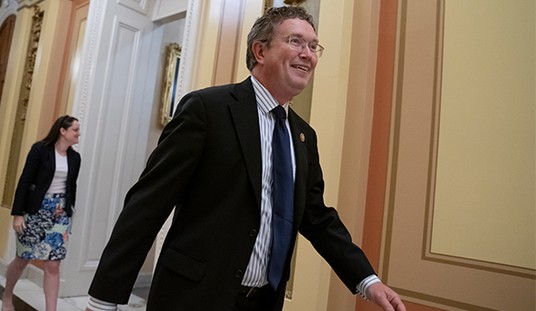Brace yourself for a low-growth future:
[Cato Institute economist Brink] Lindsey attributes U.S. economic growth to four factors: (a) greater labor-force participation, mainly by women; (b) better-educated workers, as reflected in increased high-school and college graduation rates; (c) more invested “capital” per worker (that’s machines and computers); and (d) technological and organizational innovation. The trouble, he writes, is that “all growth components have fallen off simultaneously.”
Take women’s labor-force participation. From 1950 to 2000, it surged from 30.9 percent to 59.9 percent; but in 2012, it was 57.7 percent, with the falloff starting before the recession. Some older women are retiring; some younger women are staying home. High-school and college graduation rates have leveled off and, in some cases, declined. Business investment rates have also dropped. It seems that “only a surge in [innovation] can keep U.S. economic growth from faltering,” writes Lindsey. But innovation, too, has weakened.
This isn’t rocket science. We know how to incentivize little things like labor force participation and innovation. In fact, John Galt summarized it in just seven words: “Get the hell out of my way!”
Which of ObamaCare’s 20,000 pages of regulations opens a path for an entrepreneur starting a business on a shoestring budget? Which one of the IRS’s 15,000 new agents will help create a job? How does Dodd-Frank’s enshrinement of Too Big to Fail encourage risk-taking? What does the constant expansion of food stamps encourage innovation?
We’re doing everything wrong, and getting the “wrong” results.
Imagine that.










Join the conversation as a VIP Member